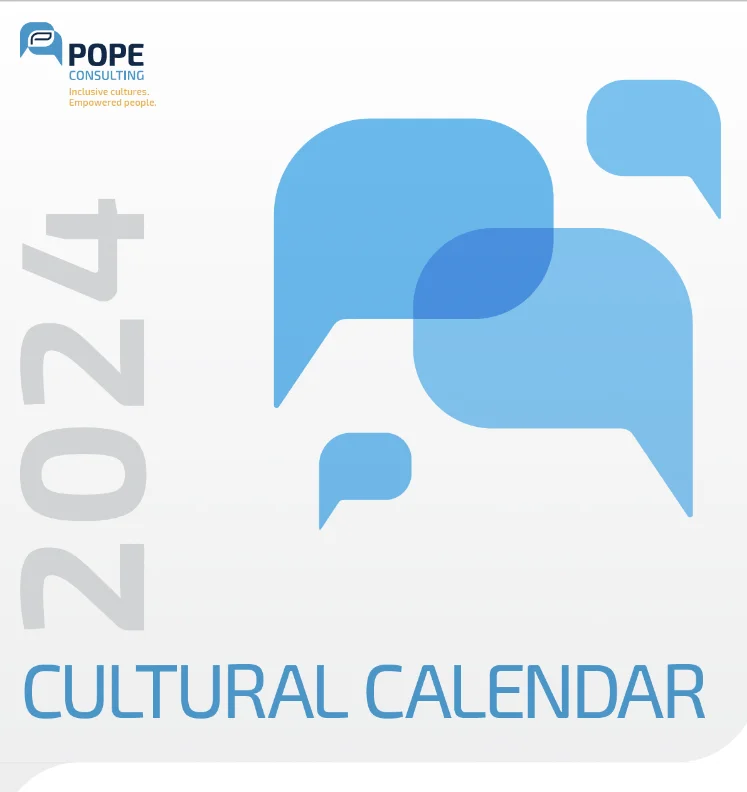Join us in acknowledging the heritage of America’s largest minority group.
Every year, Americans observe National Hispanic Heritage Month from September 15 to October 15. Created to recognize the positive impact that Hispanic Americans have contributed and continue to impart on our country, National Hispanic Heritage Month celebrates the histories, cultures, and traditions of the Hispanic community in the United States.
This period of observance started in 1968, as a one-week celebration called Hispanic Heritage Week. Then, under President Ronald Reagan, this celebration was extended to a month-long event. Now, National Hispanic Heritage Month opens with Mexico’s Independence Day on September 16th and Chile’s on September 18th. The Month ends shortly after Dia de la Raza, or Columbus Day, which is celebrated on October 12th.
Around the country, people commemorate this Month by becoming more involved in the Hispanic community, eating food from Hispanic countries, and learning more about their cultures and impact on society.
This Month, take a moment to join us in acknowledging, honoring, and recognizing the identity, contributions and influence of Hispanic Americans.
Understanding Hispanic Heritage
Once considered a race, the term Hispanic has evolved into the ethnicity that we now recognize today. Hispanic and Latino are often used interchangeably, though they actually mean two different things. As ethnicities, both terms refer to people with common nationalities or cultural traditions. Latinx, the modern gender-inclusive term for Latino or Latina, exclusively describes people from the following countries:
- Brazil
- French Guiana
- Guadeloupe
- Haiti
- Martinique
- Saint Barthelemy
- Saint Martin
Both terms, Hispanic and Latinx can apply for people from the following countries:
- Argentina
- Bolivia
- Chile
- Colombia
- Costa Rica
- Cuba
- Dominican Republic
- Ecuador
- El Salvador
- Guatemala
- Honduras
- Mexico
- Nicaragua
- Panama
- Paraguay
- Peru
- Puerto Rico
- Uruguay
- Venezuela
Notably, Hispanic is the only term to describe the ethnicity of people from Spain. In other words, Spaniards do not see themselves as Latinx.
There are many commonalities among Latinx and Hispanic people, especially the Spanish language. There are 20 countries where Spanish is the official language, however it’s important to recognize that the Spanish language is not a monolith. Similar to the differences between American English and British English, the Spanish language is recognizably different in application. In general, it’s important to note the variations in terms of language, and also in culture and tradition.
As the largest minority group in the United States, this month celebrates countless contributions of Hispanic Americans, with heritage from many countries. In 2019, the U.S. Hispanic population surpassed 60 million, up from 50 million in 2010. As the second-fastest growing group (of all racial and ethnic groups), Hispanics make up 18% of the U.S. population. With deeply rooted values of hard work, perseverance, and dedication, Hispanic Americans have consistently helped make our country prosperous.
Taking An Inclusive Approach
As we continue to foster an inclusive, globalized American society, we have the opportunity to honor the intersectionality of identity. Today, we see the emergence of Afro-Latin Americans, White Latin Americans, and more racial/ethnic groups.
In effort to acknowledge the intersectionality of identity, we encourage you to focus on “who” instead of “what” this National Hispanic Heritage Month. For example, did you know a Mexican engineer, Guillermo González Camarena, patented a system that allows us to watch television in color, instead of black and white? Or that Mexican and Portuguese-American makeup artist Rea Ann Silva invented one of the most useful beauty tools on the market: the Beautyblender®?
This National Hispanic Heritage Month, take time to understand, honor, and respect not only the contributions, but also the defining characteristics and the intersectionality of identity that exists for Hispanic people in your community and workplace.
 2024 Cultural Calendar
2024 Cultural Calendar

